ShanghaiTech EHS Excellence Awards 2022 of Laboratory Safety are given to 1 Teaching Laboratory, 5 Research Platforms and 19 research teams after comprehensive evaluation. The person in charge of laboratory and safety representatives will be awarded annual Excellent Group and Excellent Individual.
School of Physical Science and Technology (SPST)
Physics Teaching Laboratory
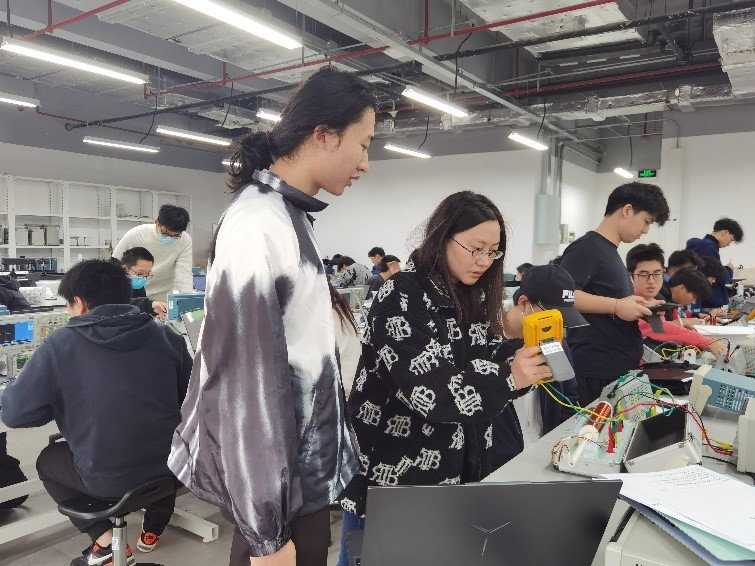

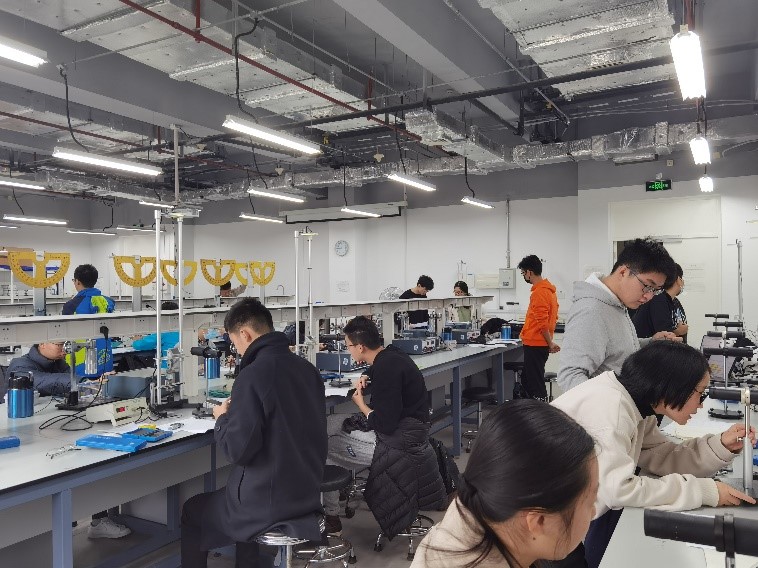
The Physics Teaching Laboratory of ShanghaiTech University undertakes the experimental teaching and training of undergraduates.
The teaching tasks include basic physics experiments for undergraduate students and physics experimental courses for undergraduate students majoring in physics. The center is divided into general physics mechanical heat laboratory, general physics electromagnetism laboratory, optical laboratory, modern physics laboratory, and related supporting processing rooms and storage rooms.
Analysis and Testing Center
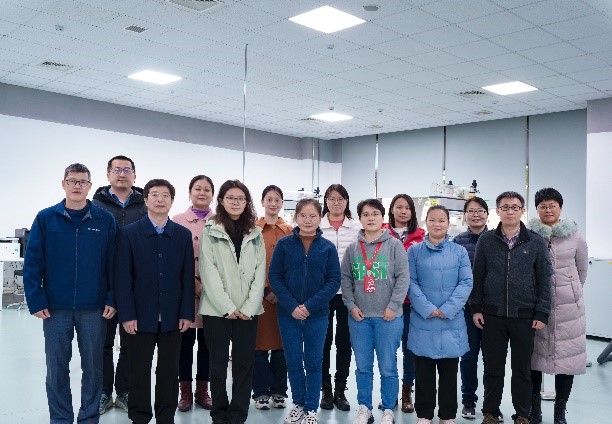
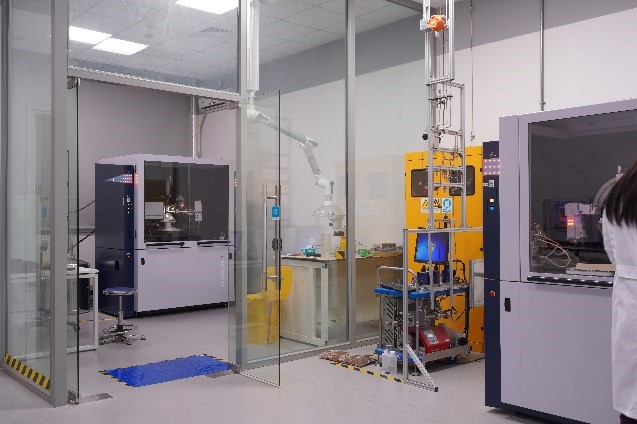
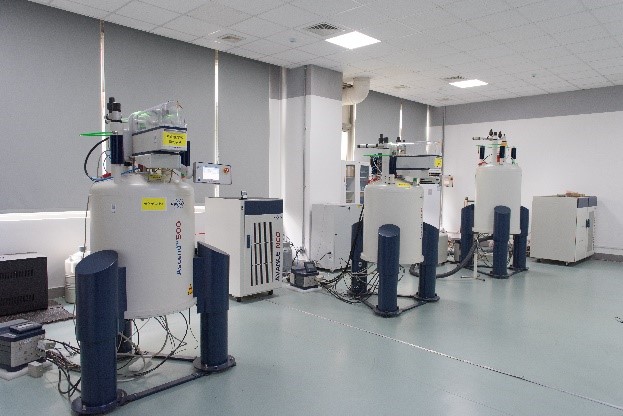

Founded in 2015, the Analysis and Testing Center is a public testing platform established by the School of Physical Science and Technology to create a first-class public scientific research environment. The center is equipped with 67 large and medium-sized analytical and testing instruments, with a total value of more than 120 million yuan, which provides strong technical support for the scientific research and high-level talent training of the School, and is an important training and experimental base for the training of innovative talents.
Zhuo Lianyang Laboratory


Since its establishment, Lianyang Zhuo Research Group of the SPST has set a laboratory management system and operating procedures, including code of conduct, member safety awareness training, waste classification, etc. Laboratory members always maintain excellent experimental habits and standard operating procedures, and maintain a record of zero safety accident during laboratory operation.
Yan Jiajun Laboratory


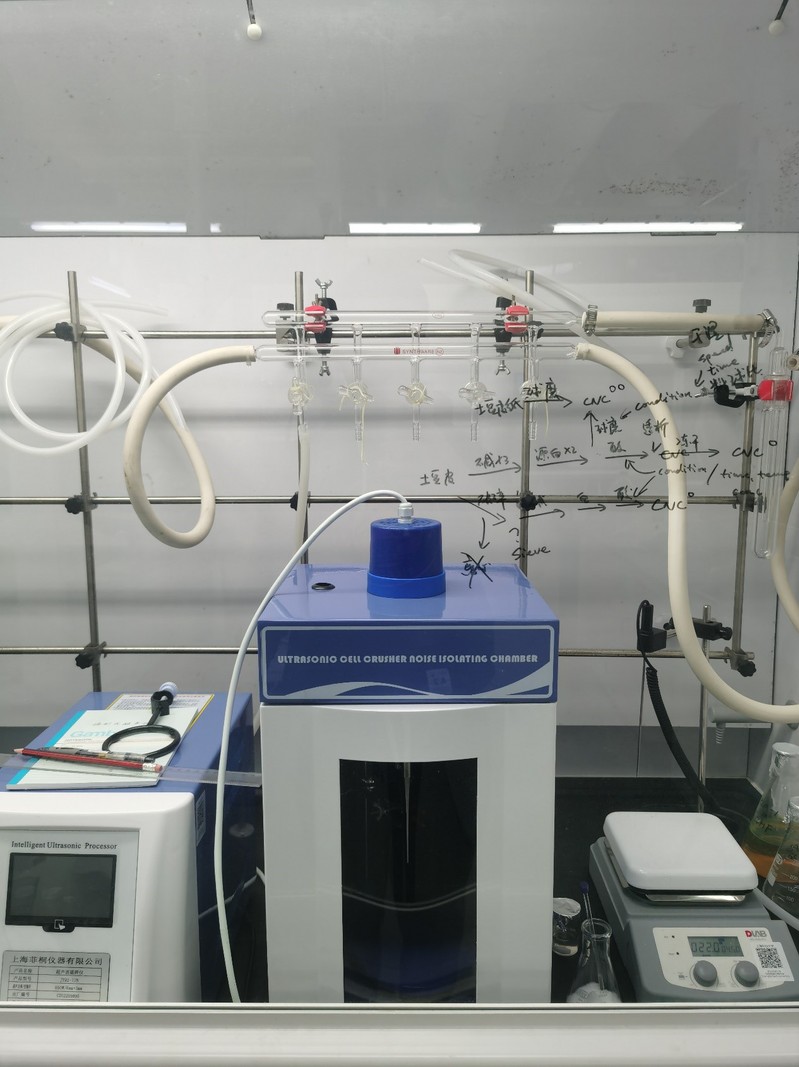
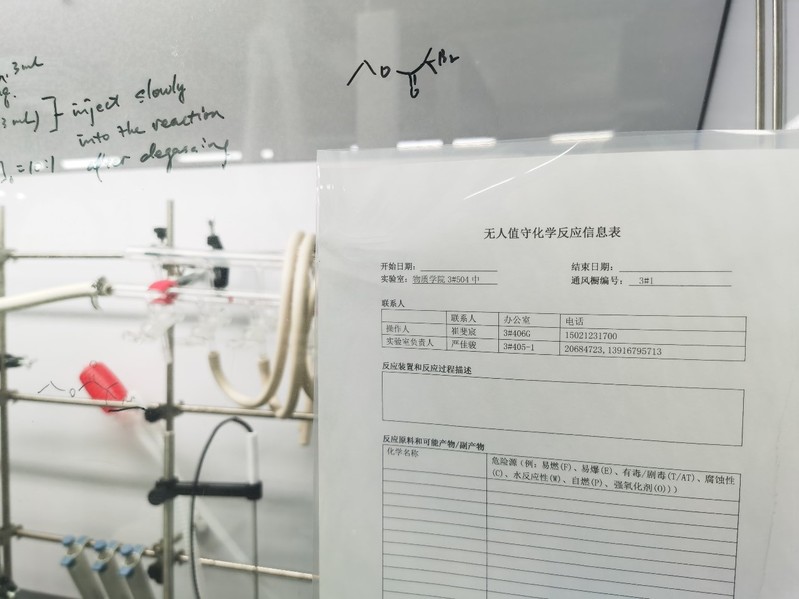
Jiajun Yan’s research group is committed to studying the efficient preparation methods of complex structure polymer materials represented by polymer brushes and their applications in energy, environmental protection, agricultural chemistry, advanced manufacturing and other fields. Main research interests include efficient preparation and separation of polymer brushes and data-driven study of structure-activity relationships of complex structural polymers.
Huang Yifan Laboratory
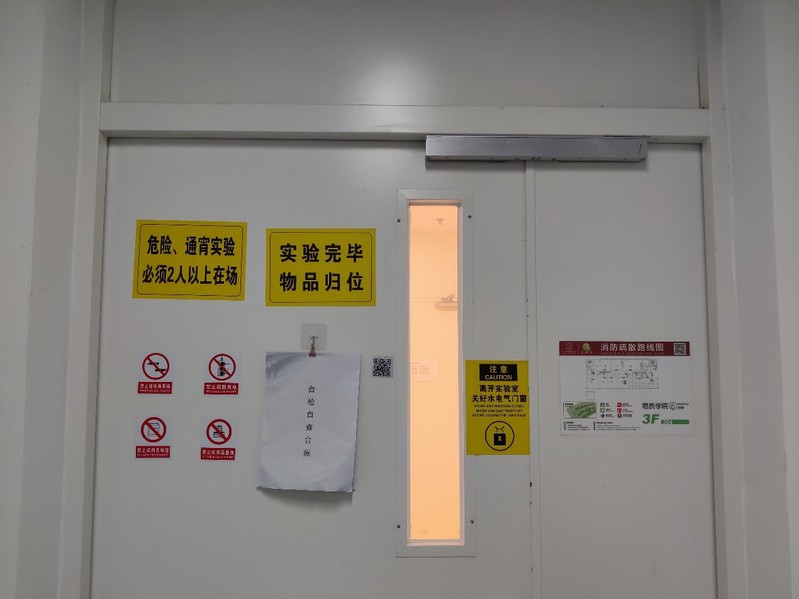
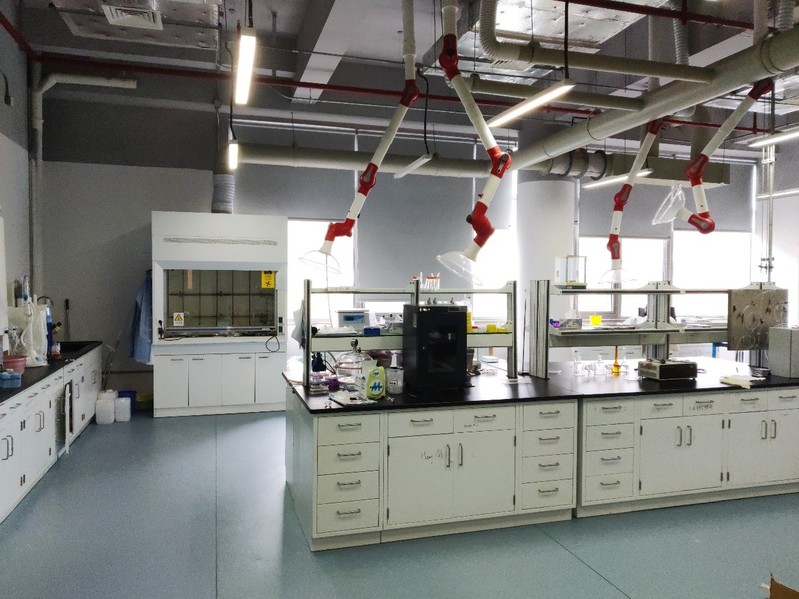
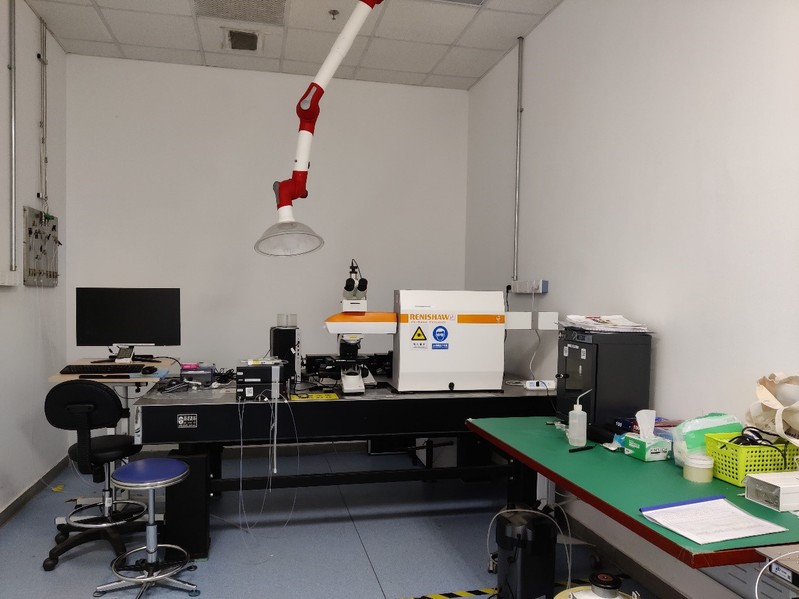
The physical electrochemistry laboratory led by Yifan Huang mainly applies spectroscopy in situ characterization technology to study the physical chemistry of electrochemical interfaces. The laboratory has been strictly abiding by relevant national, local and university rules and regulations, formulating safety systems, organizing safety training, and cultivating safety culture. The members of the research group guide and supervise each other to ensure the safety of scientific research.
Qi Yanpeng Laboratory
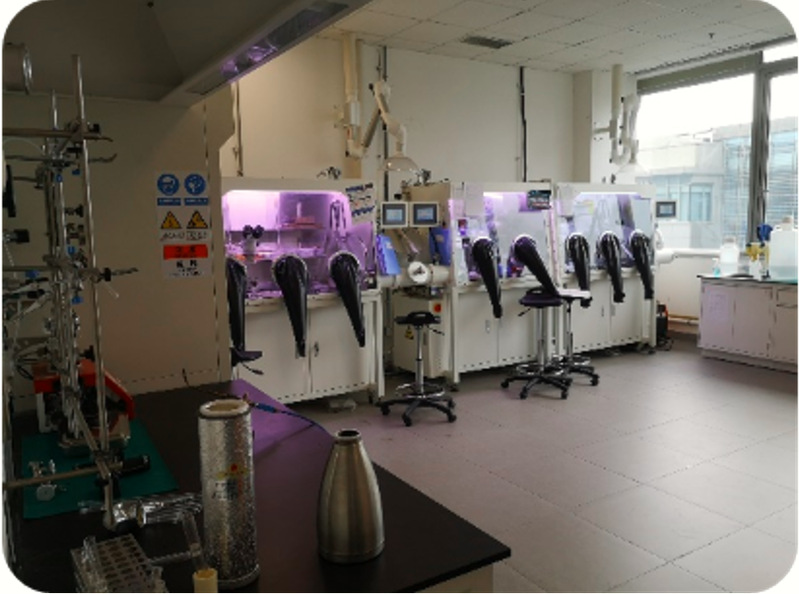
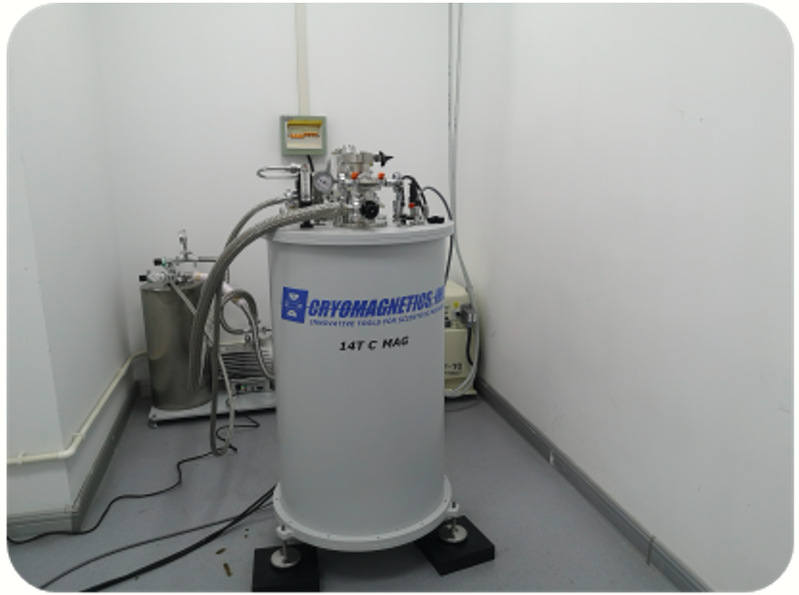
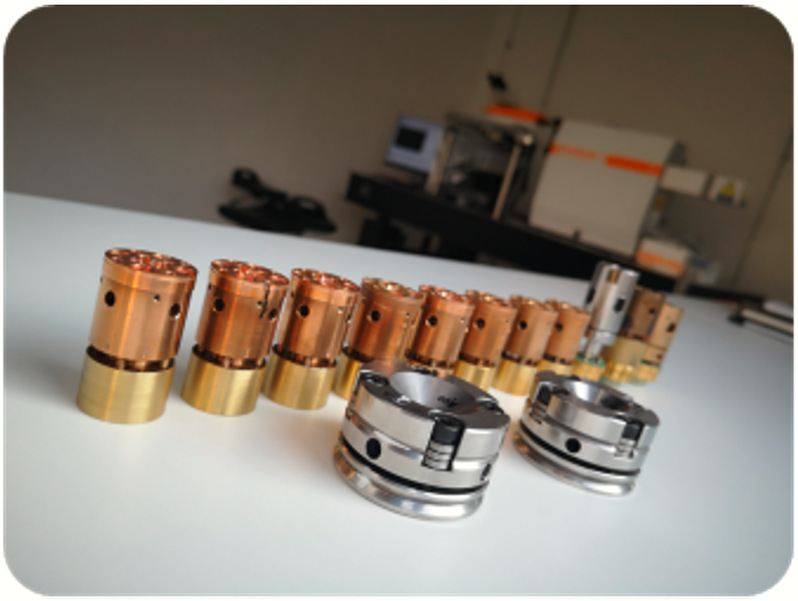
Yanpeng Qi’s research group is committed to the study of physical properties under high pressure and the exploration of quantum materials such as new superconductors, mainly including:
1. Use diamond to study the physical properties of materials under high pressure, including the evolution of transport, magnetism, crystal structure, etc.;
2. Committed to the design and exploration of new superconductors by using different material preparation methods.
School of Life Science and Technology
Liu Jilong Laboratory

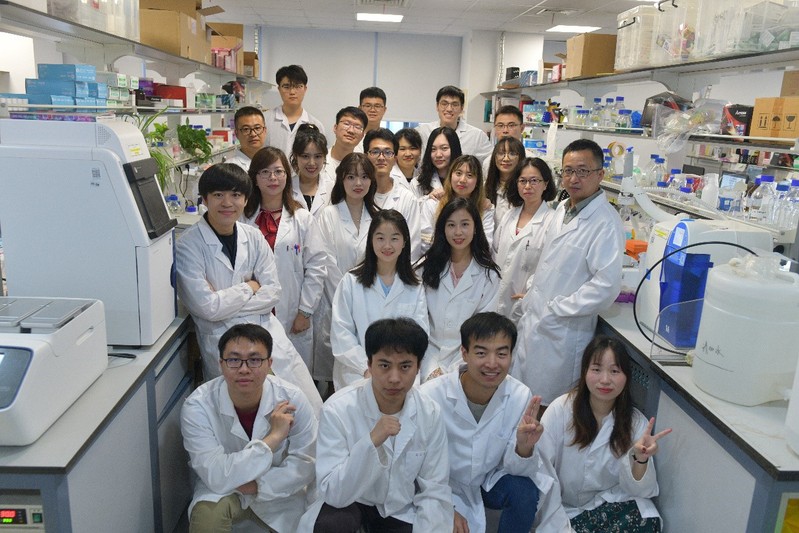

Since its establishment in 2016, Professor Jilong Liu's laboratory regards lab safety as the number one priority and strictly implemented the safety management rules. Laboratory safety officers organize safety training for new students from time to time to improve students' safety awareness. Professor Jilong Liu's laboratory uses the culture cells of fruit flies, yeasts and humans as the main research materials to explore how metabolic enzymes are regionalized in cells. The laboratory is mainly divided into three experimental areas, including cell culture area, fruit fly culture area, and biochemical large experimental area.
During daily operation, laboratory members fulfill their duty and manage the various areas of the laboratory. The large biochemical laboratory is clearly marked, and there are hazardous waste collection areas, waste liquid management areas, explosion-proof toxic and harmful reagent management areas, etc. Considering that in addition to master's and doctoral students, the laboratory also has a large number of new undergraduate students and visiting students every year, the laboratory management is people-oriented and constantly summarizes intelligent management methods, on the basis of safety experiments, so that students can learn more knowledge and experimental skills and produce more scientific research results.
Wang Haopeng Laboratory
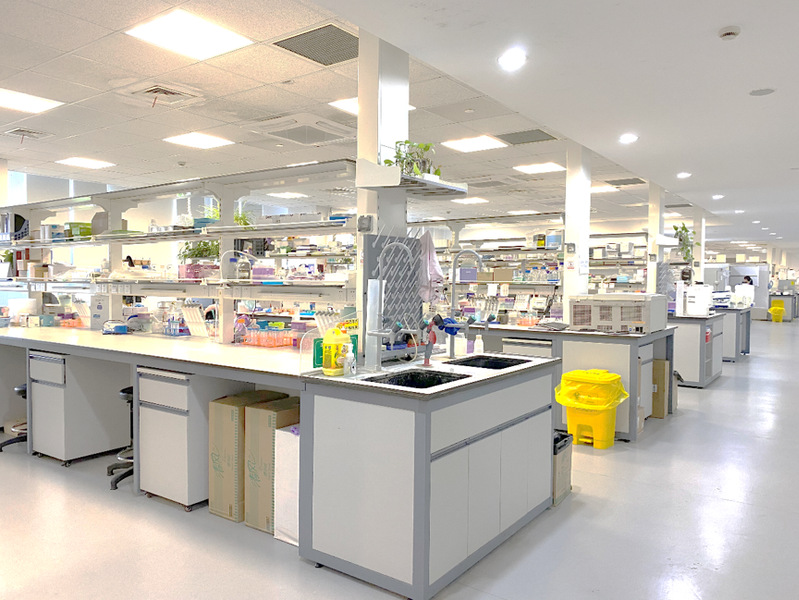
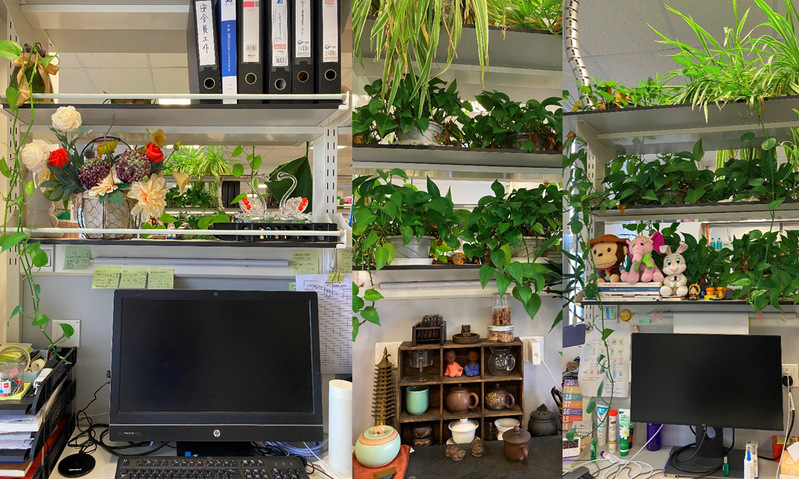
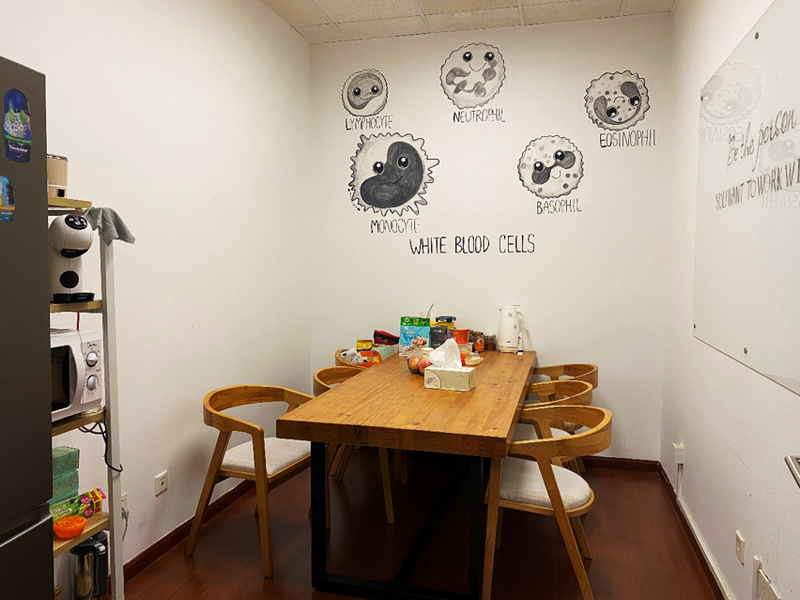
The laboratory of Haopeng Wang (Tumor Immunotherapy and T Cell Function Regulation Research Group) of SLST was established in July 2015, and the research team combined novel proteomics, genome-wide CRISPR screening and mouse genetics to explore the regulatory mechanism of T cell anti-tumor ability. The research is committed to finding new targets of tumor immunity and developing new tumor immunotherapies. The research group currently has 16 members, 13 of whom are graduate students. In the laboratory, scientific research work is the main color of life, and checking literature, doing experiments, and writing papers have become the three work fronts of students. Therefore, the main battlefield is safe, environmentally friendly, neat and bright, and creative decoration can add luster to the dull scientific research life.
Tomoyasu Sugiyama Laboratory
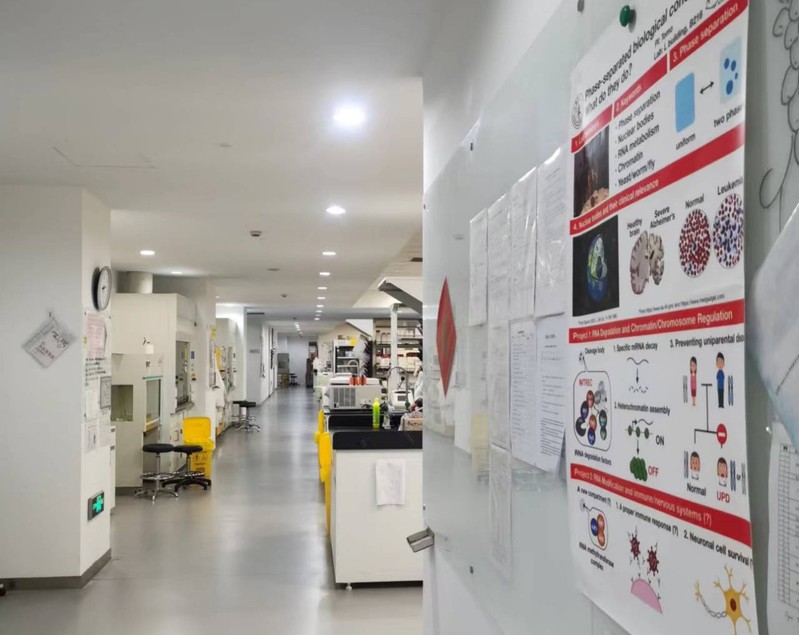
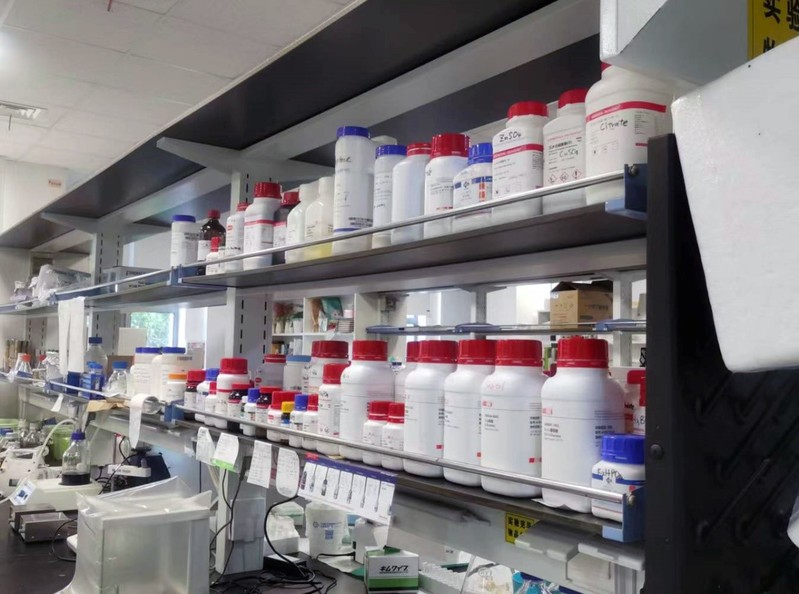
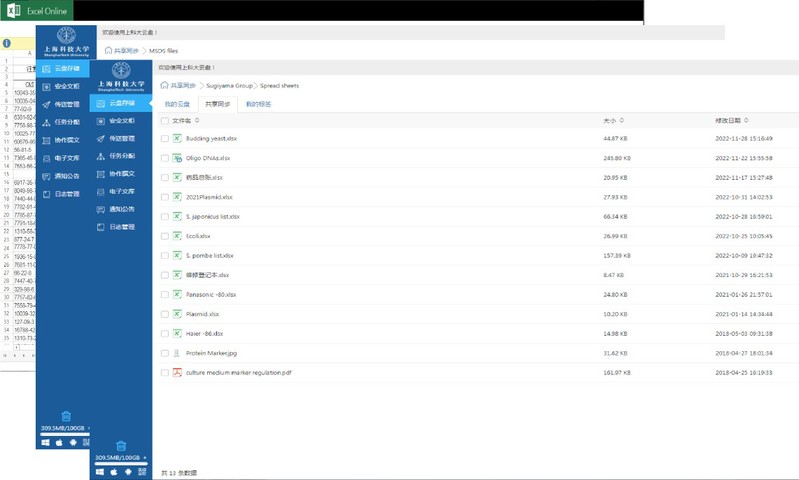
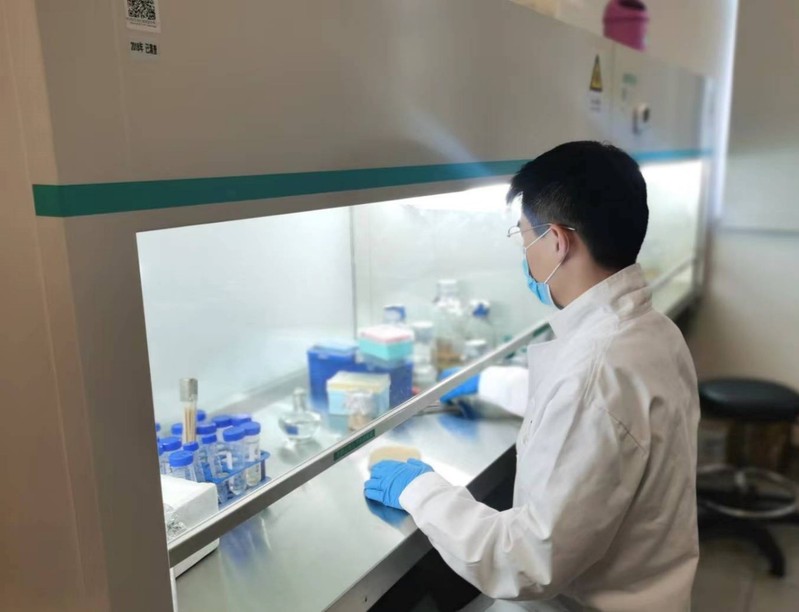
Professor Tomoyasu Sugiyama's research group of SLST, ShanghaiTech University actively responded to the relevant call for standardized management of the school, implemented the responsibility of laboratory safety management, improved various rules, and created a good safety culture atmosphere in the laboratory.
Professor Tomoyasu Sugiyama's research group mainly studies the mechanisms related to RNA metabolism, chromatin formation and its biological principles. According to the characteristics of biological experiments, in connection with the experimental needs of yeast and nematodes, the laboratory is divided into biochemical molecular experimental area, microbial culture area and relative contamination area.
Laboratory safety officers cooperate with various safety education and training activities organized by the school to organize new students to complete relevant training.
In daily operation, all members can clarify various operating specifications, and can contact the laboratory leader and safety personnel in time to solve the unexpected situation. At the same time, the laboratory also established the files of experiment-related items online and offline, completed the list of hazards, drug lists and SDS, and various biological specimens, and correctly identified and stored various drugs, striving to improve the efficiency of experiments on the basis of safe experiments, and lay a solid foundation for producing reliable scientific research results.
School of Information Science and Technology (SIST)
Wu Tao Laboratory


Lab Name: Shanghaitech Microsystem And Novel Transducers Laboratory (SMALL)
Website: https://small.shanghaitech.edu.cn/
Introduction:
The laboratory of Tao Wu's research group (Microsystem and Advanced Sensor Laboratory) of the School of Information Technology is committed to the research and development of micro-nano electromechanical devices and intelligent sensing microsystems using advanced sensing materials, and the scientific research directions include micro-nano-electromechanical systems MEMS/NEMS, piezoelectric RF filters/ultrasonic transducers, magnetoelectric/acousto-optic devices and brain-computer interface ICs.
The laboratory has a variety of characterization capabilities such as micro-nanoscale 3D vibration testing, multiferrostate characterization, radio frequency performance testing, acousto-magnetic photoelectric multiphysics measurement, etc.
Ren Wuwei Laboratory



Lab Name: Molecular Imaging and Biophotonics Laboratory (MibLab)
Introduction:
Established in 2020, the Laboratory of Molecular Imaging and Biooptics focuses on optical imaging, image reconstruction, image analysis, and multimodal imaging combining optics and MRI/CT. The mission of the laboratory is to combine optical technology and information science and technology to develop next-generation optical and molecular imaging precision instruments and related algorithms to help diagnose diseases and promote innovative drug development. The laboratory has developed small animal 3D fluorescence imaging instruments, miniaturized fluorescence microscopes and optical parameter calibration instruments with independent intellectual property rights. Other major equipment includes ultra-continuum pulsed lasers, ultra-high-speed CMOS detectors (7000Hz), near-infrared zone 2 detectors, and single-photon avalanche diode array detectors (SPADs).
Chen Baile Laboratory
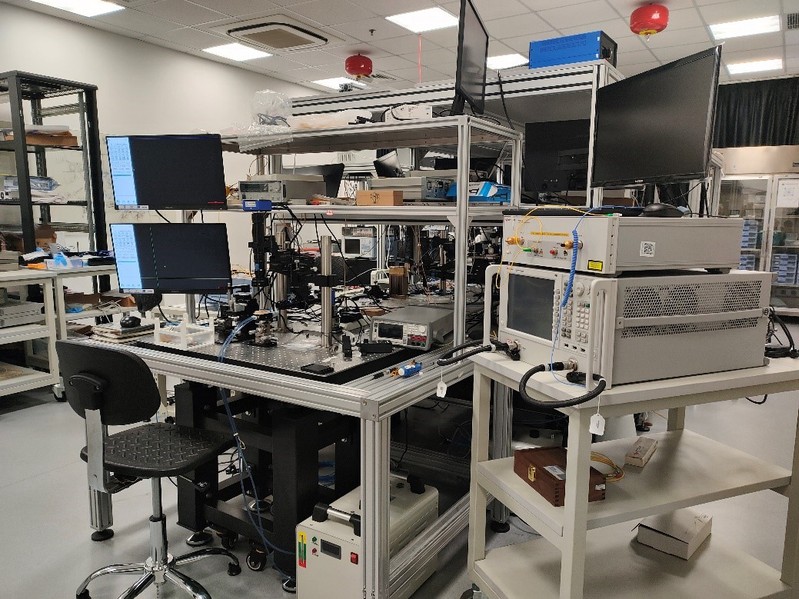

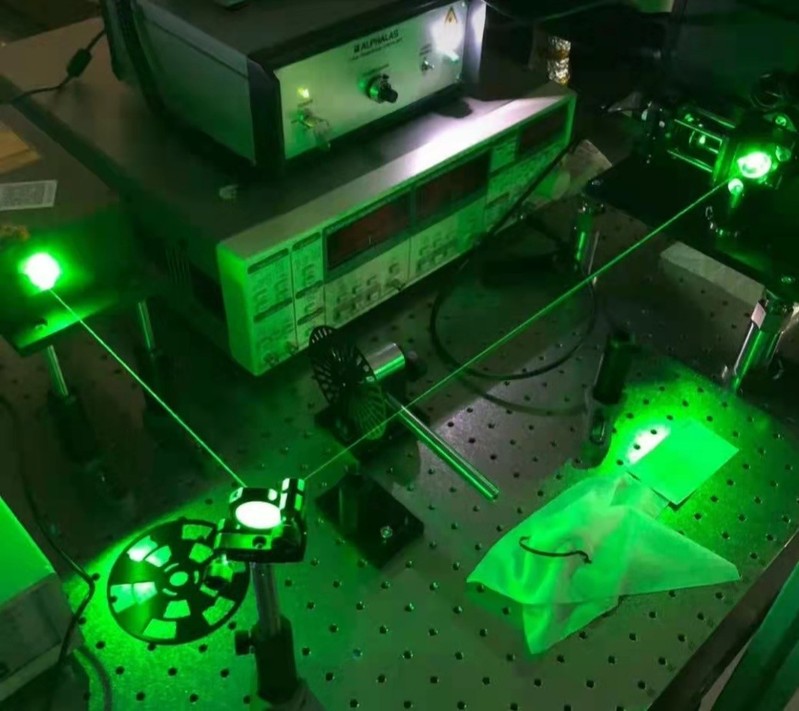
Name: Optoelectronic Devices Lab
Logo:
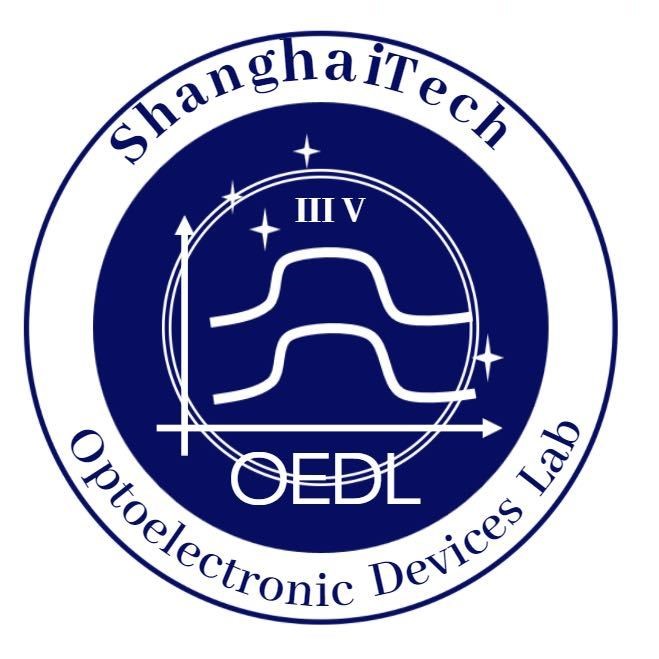
Introduction:
The research areas of the Optoelectronic Devices Laboratory include III-V semiconductor materials and devices, SWIR/MWIR photodiodes, high-speed/high-power photodiodes, avalanche photodiodes, and silicon-based photonics. The laboratory currently has a number of optoelectronic device testing instruments, including but not limited to semiconductor analyzer, FTIR spectrometer, vector network analyzer (VNA), infrared noise analyzer, etc. Laboratory safety rules and experimental record systems provide a safe testing environment for experimenters.
Xu Lin Laboratory
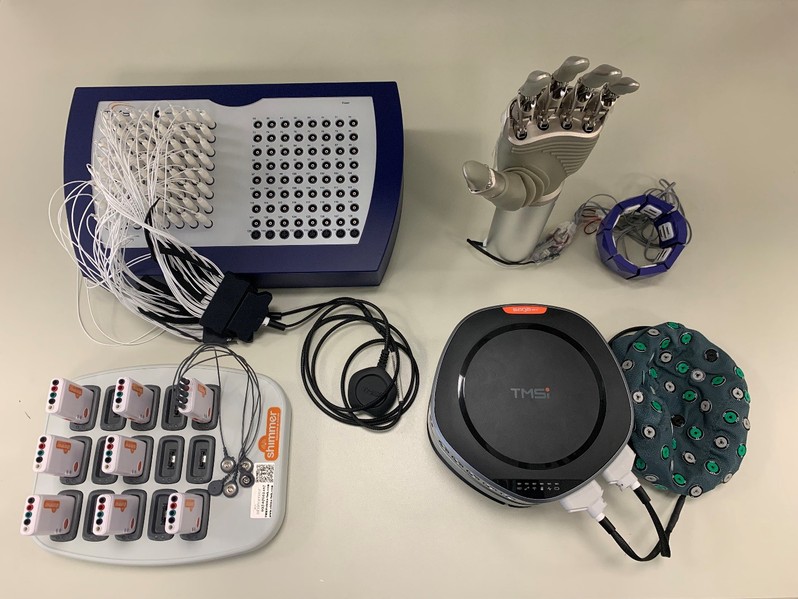

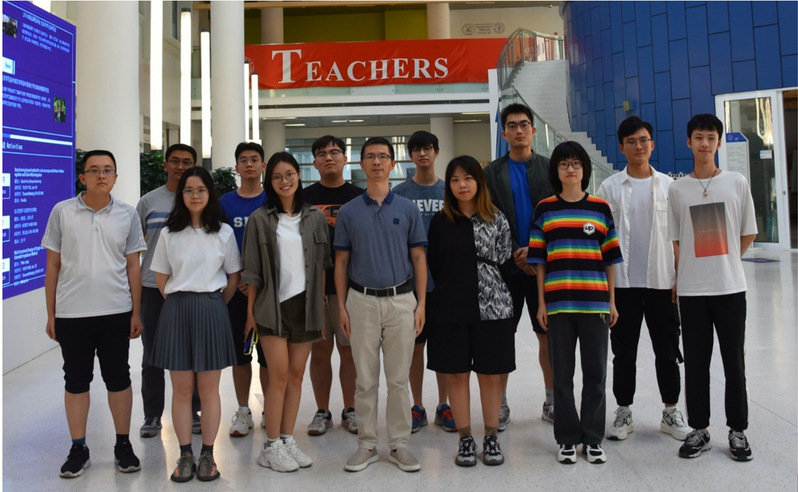
Lab Name: Biomedical Signal Processing and Instrumentation Lab (BMSI Lab)
Introduction:
The laboratory mainly studies biomedical signal acquisition, processing, and its application in neuromuscular rehabilitation, brain-computer interface, intelligent health monitoring and diagnosis. His main research interests include:
Mechanisms by which the human neuromuscular system responds to variable load vibration stimuli
Non-invasive detection method and signal processing algorithm of human electrophysiological signal
Maternal and fetal health status monitoring and preterm birth risk prediction based on fetal ECG signal and maternal contraction signal
Non-invasive motor imaging brain-computer interface
Diagnosis of brain diseases such as epilepsy, Alzheimer's disease, pediatric Stedge-Weber syndrome, infantile spasms
Main equipment of the laboratory:
Alternating load vibration stimulation system
128-channel high-precision electrophysiological acquisition system
64-channel portable EEG acquisition system
8-channel wearable EMG acquisition system
Balanced test bench
Jiang Zhihao Laboratory
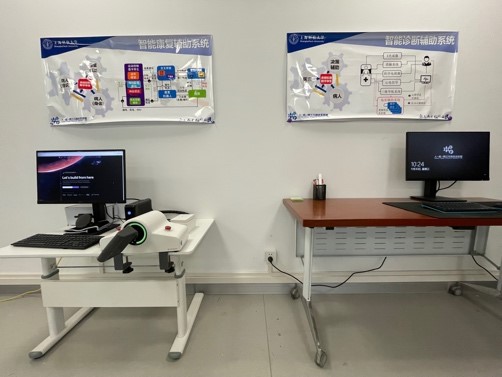
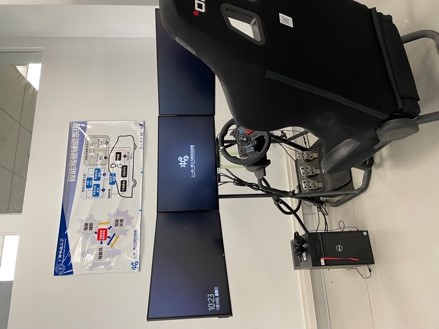
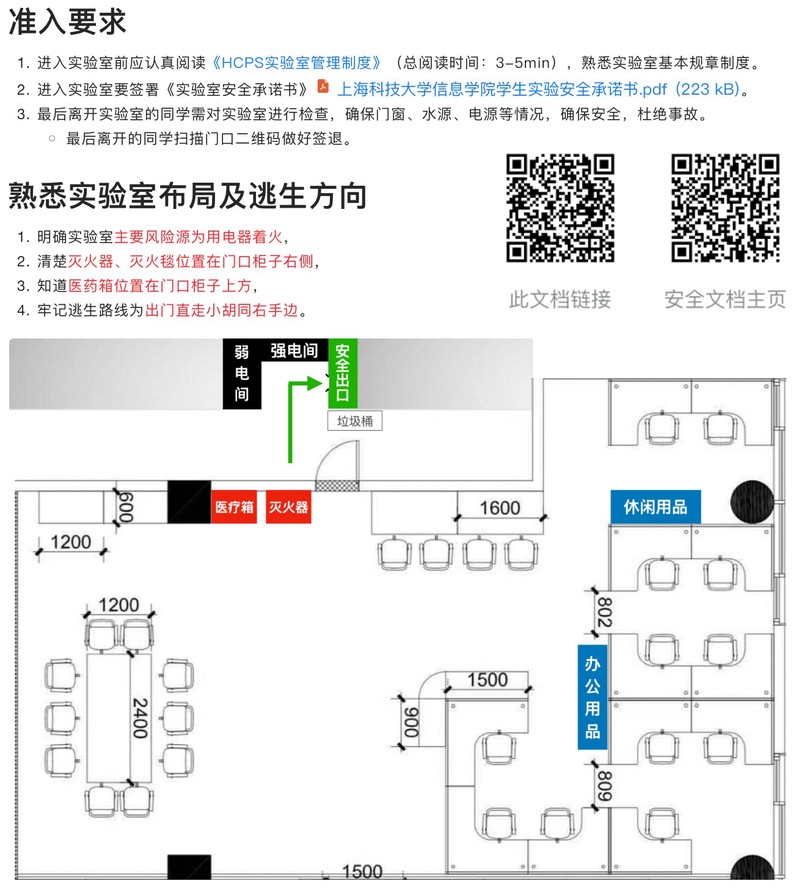
Lab Name: Human-Cyber-Physical System Lab
Logo:

Introduction:
The Human-Cyber-Physical ternary fusion laboratory is committed to the research and development of personalized intelligent assistance systems, by establishing a digital twin for system users, inferring the user's cognitive state, and helping users (people) make safe and correct decisions in complex environments (things) with the assistance of intelligent systems (machines). We have also implemented the above people-oriented scientific research concept into laboratory safety management, and built a complete set of efficient, information-based and modern laboratory management programs.
Liu Yu Laboratory
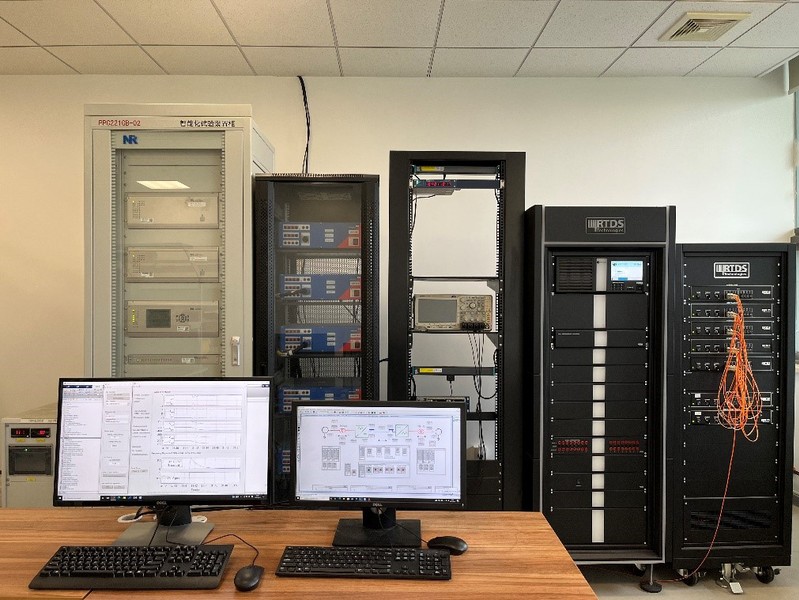
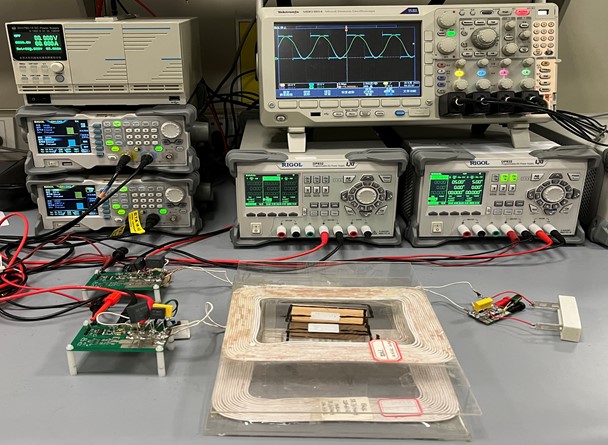
Lab Name: Power System Protection and Automation Laboratory
Introduction:
The Power System Protection and Automation Laboratory (PSPAL) is dedicated to the protection, fault location, condition estimation, parameter identification and condition monitoring of power electronic systems for new power systems. The laboratory is equipped with a power system hardware-in-the-loop real-time simulation platform to verify the real-time and effectiveness of the relevant prototype devices. At the same time, the laboratory has built a power electronics experimental platform for parameter estimation and fault diagnosis to track the operating status of the system and improve the efficiency and safety of the system.
Lv Hongming Laboratory
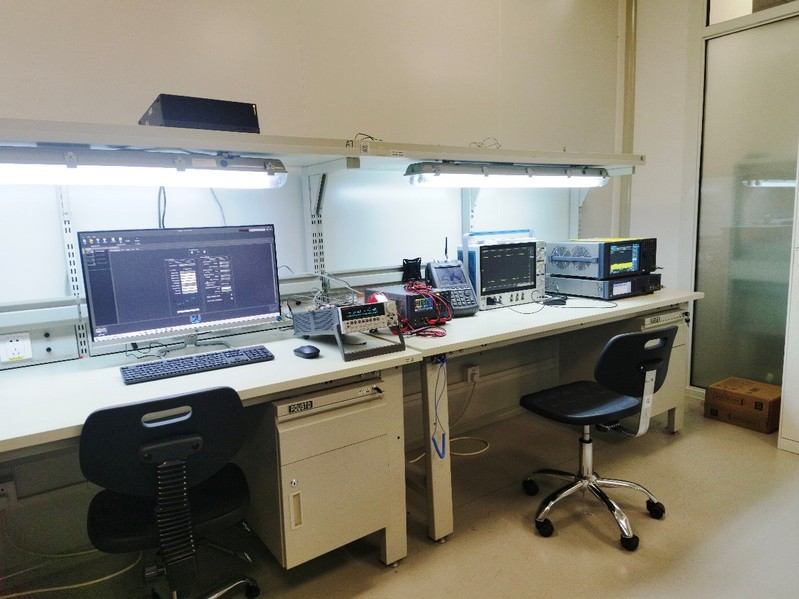


Lab Name: Biomedical Integrated Circuits and Microsystems Laboratory (BICML)
Logo:

Introduction:
The main research direction of the Medical Integrated Circuits and Microsystems Laboratory is analog, radio frequency, and digital-analog hybrid integrated circuit design. The laboratory is committed to the research and development of fully customized low-power special chips for implantable medical treatment, brain-computer interface and other applications, promoting the implementation of innovative medical electronic technology and serving human health.
School of Biomedical Engineering (BME)
Advanced MR Imaging Research Lab (AIR Lab)

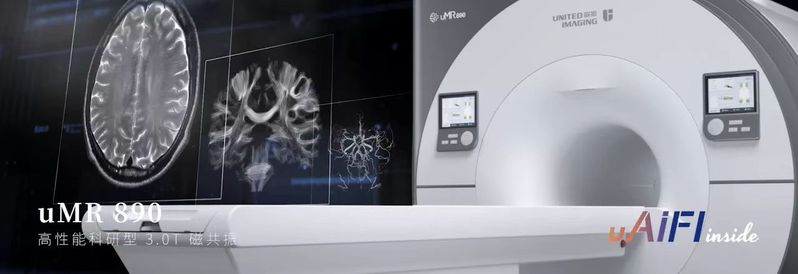
The AIR laboratory is located on the B1 floor of the School of Biomedical Engineering, relying on a powerful magnetic resonance imaging system and related supporting equipment, the laboratory can provide open testing services such as technology research and development, clinical application research, neurocognitive psychological research, and preclinical experiments.
Peng Chang Lab

Located on the 3rd floor of the School of Biomedical Engineering, the Laboratory of Ultrasound Medicine and Instrumentation (USB-i Lab) focuses on the field of medical ultrasound, development and clinical evaluation of ultrasound medical instruments urgently needed in clinical practice, serving the major needs of medical development and breaking through the bottleneck of advanced medical technology.
Institute for Advanced Immunochemical Studies (SIAIS)
Lin Haifan / Shi Shuo Laboratory


Lab Name: Stem Cell Biology Laboratory
PI: Lin Haifan / Shi Shuo
Safety Officer: Zhang Jia Wei
The Stem Cell Biology Laboratory is located on the 5th floor of the Y building, which is a biological laboratory, mainly engaged in biochemical cell biology and molecular biology and other experimental operations.
The laboratory has been actively cooperating with the University for a long time to do a good job in related environment, health and safety. The laboratory has formulated various management systems, including the use registration management of reagent consumables and equipment, cell room management, daily duty days of the laboratory, regular monthly safety self-inspection, and elimination of various safety hazards. At the same time, the laboratory has compiled a number of standard operating procedures involving sample preparation experiments to standardize experimental operations.
Overtime the laboratory has keeping a sound safety culture for research group members by training and organizing safety tests. The laboratory is clean and tidy with clear safety rules and responsibilities, and the records are complete.
Yang Bei Laboratory

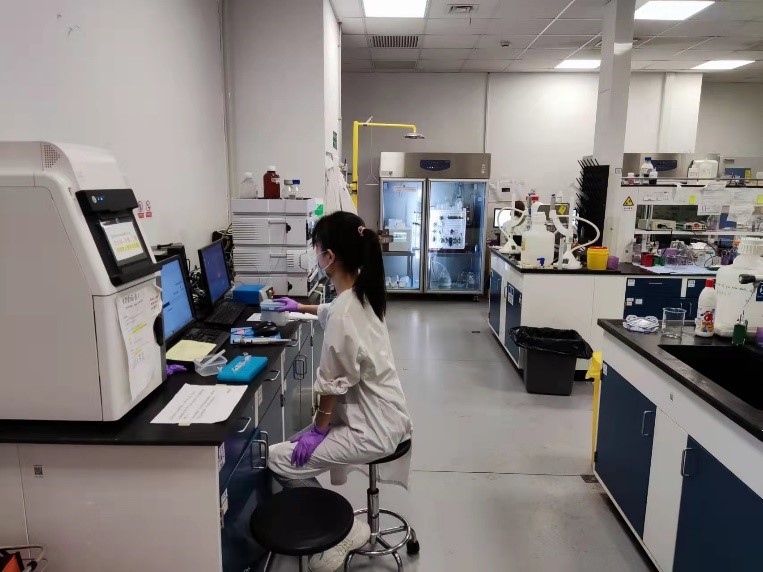
Lab Name: Pathogenic Biology Laboratory
Laboratory leader: Yang Bei
Safety officer: Qi Qilian
The pathogen biology laboratory is located on the 4th floor of the Y building, a biology laboratory, which comprehensively uses the experimental technology system of molecular biology, biochemistry and cell biology to solve important biological problems with clinical significance.
The laboratory has been actively cooperating with the University to perform well in environment, health and safety. Within the safety management system at the university and institute levels, and further combined with the specific content and actual situation of scientific research in the laboratory, a number of safety management rules including chemical safety management, cell room operation rules, and daily laboratory safety management have been formulated and implemented. In addition, the laboratory also carried out the use registration management of flammable, explosive and other chemicals and large-scale instruments and equipment, and at the same time reasonably arranged the laboratory duty work, regularly did a safety self-inspection every month, and eliminated various potential safety hazards in time. For several large-scale shareable instruments and equipment in the laboratory, the laboratory has also written corresponding standard operating procedures to facilitate users to standardize operation. Laboratory items are placed in an orderly manner, safety management system is complete, responsibilities are in place, and records are complete.
iHuman Institute
Zhong Guisheng Laboratory

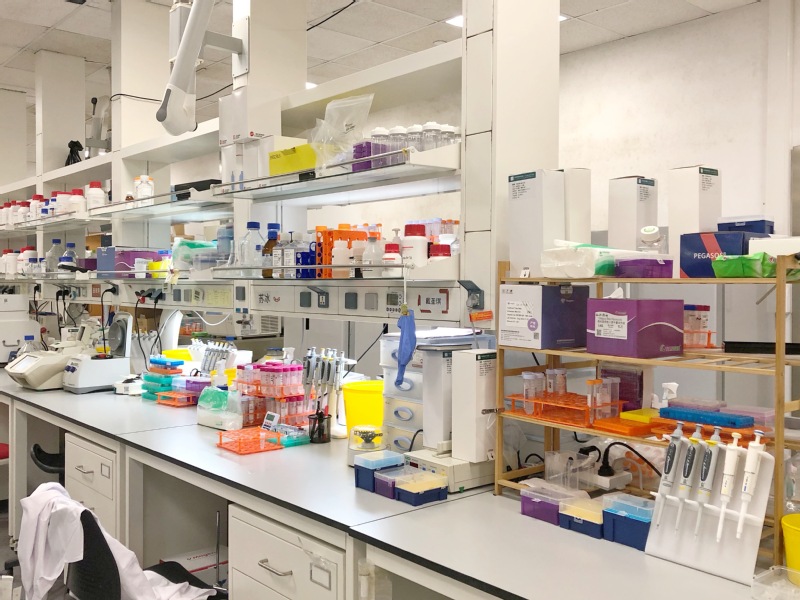

Zhong Guisheng's research group, located in Area B on the 2nd floor of iHuman Institute, mainly includes cell laboratory, immunohistochemistry laboratory, molecular cloning laboratory, electrophysiology laboratory (A012) and public experimental area. Since its establishment, the research group has carried out reasonable and meticulous planning of each experimental area, formulated a detailed safety management system and operation regulations, strengthen personal responsibility, and regularly organized safety self-inspections to rectify potential safety hazards in a timely manner. The laboratory members strictly abide by the standard operation of each experimental instrument, forming a good experimental safety culture.
NMR Platform


Head of NMR platform: Yang Lingyun
Address: iHuman Building A003-004
Founded in 2017, NMR Platform is mainly committed to studying the three-dimensional spatial structure, structural and functional relationship and kinetic properties of biological macromolecules, interaction and binding processes between molecules at the atomic and molecular levels, and contributing to the research of biology, chemistry and drug development.
The platform strictly implements the safety requirements of the University's EHS Office, improves the management and access system, strictly trains users, standardizes the operation process of teachers and students, establishes full-process maintenance and record-keeping for strong magnetic field instruments, posts relevant hazard warnings, and strives to provide teachers and students with a safe and comfortable experimental environment and professional technical support.
Center for Transformative Science
Liu Zhi Laboratory
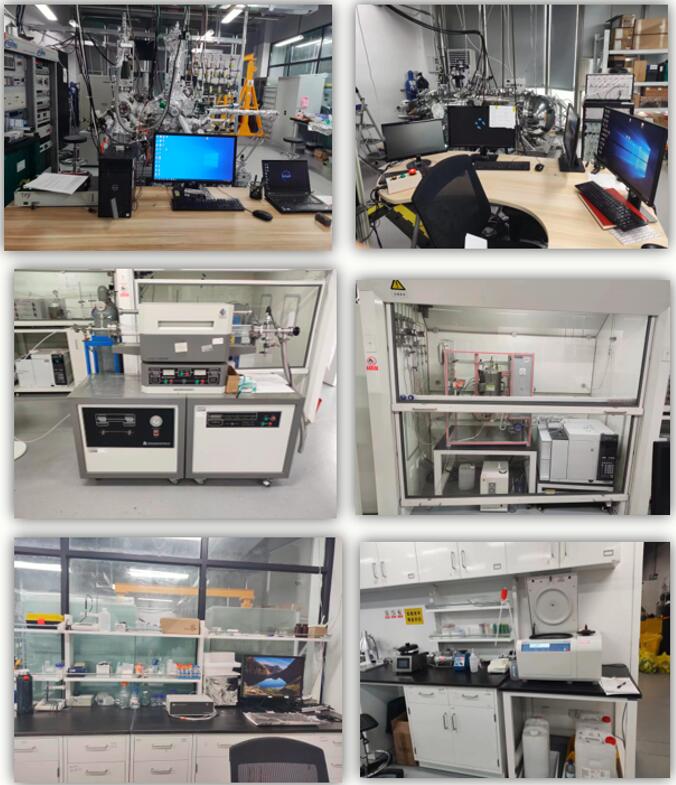

The laboratory of Liu Zhi's group is a comprehensive laboratory including material synthesis, catalytic performance characterization and in situ characterization of photoelectron spectroscopy, which can be divided into: material synthesis area, performance testing area and in situ characterization area. At present, there are often chemicals, some dangerous chemicals and compr Area Detector Laboratory
The Area Detector Laboratory
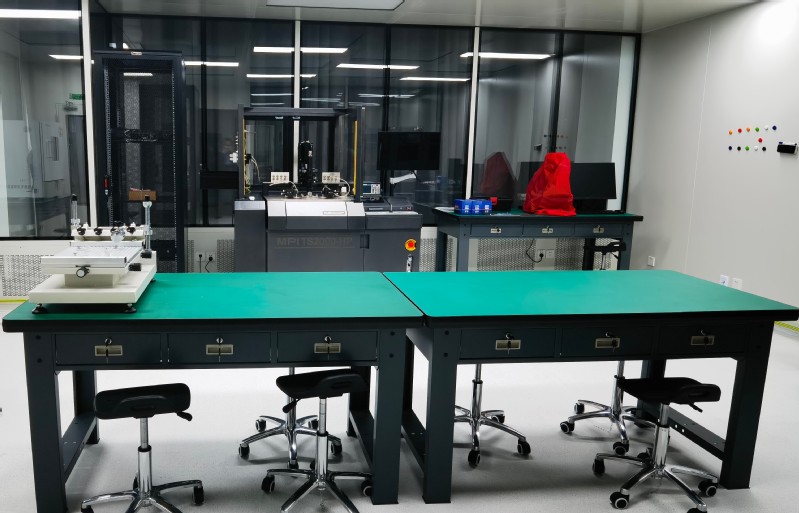

The area detector laboratory includes three parts: Class 1000 clean-room, a conventional experimental area, and a radiation experimental area; Conventional chip testing and packaging, detector and electronics testing, X-ray irradiation testing and other capabilities; It is the R&D and application platform of the key equipment of Shanghai HIgh repetitioN rate XFEL and Extreme light facility (SHINE) - surface detector.
Centre for Ultimate Energy (CUE)
Plasma Gun R&D Laboratory
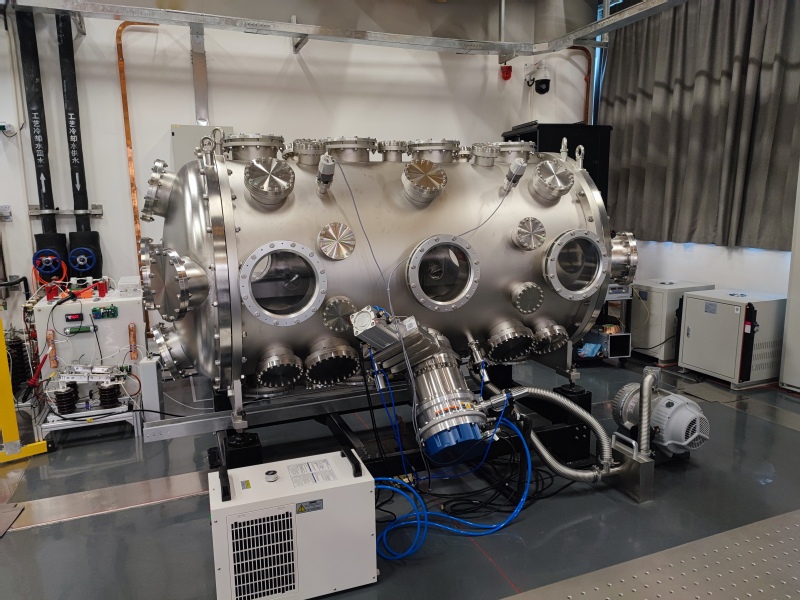


CUE Plasma Gun R&D is mainly engaged in the research of plasma physical phenomena, mechanisms and principles of high-temperature and high-density magnetization. The laboratory consistently implements the policy of safety first, prevention first and comprehensive management, and strives for less potential hazards, abide by rules and regulations, more results, and high efficiency.


